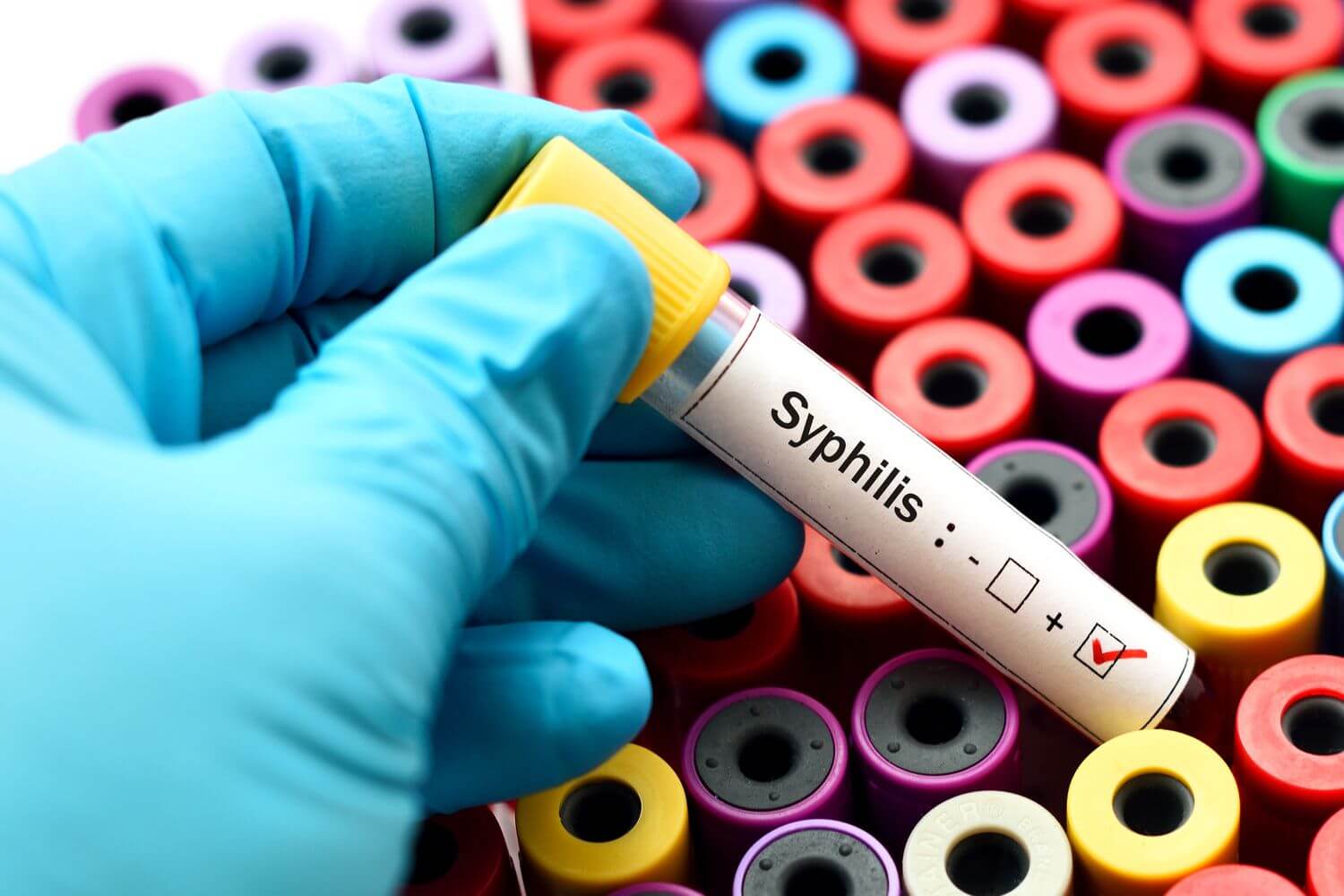Syphilis: Understanding the Signs, Treatment, and Prevention
Syphilis is a sexually transmitted bacterial infection that can cause serious health complications if left untreated. While often associated with a bygone era, syphilis remains a public health concern in many parts of the world. This article aims to shed light on the causes, symptoms, diagnosis, treatment options, and preventative measures for syphilis.

Understanding the Cause of Syphilis
Syphilis is caused by the bacterium Treponema pallidum. This bacterium spreads through direct contact with the mucous membranes or broken skin of an infected person during vaginal, anal, or oral sex.
Recognizing the Signs and Symptoms of Syphilis
Syphilis progresses through several stages, each with varying symptoms. It’s important to note that some individuals may not experience any symptoms at all, making screening crucial for early detection and treatment.
Primary Syphilis
- The first sign of syphilis is typically a painless sore (chancre) at the site of infection, appearing within 10 to 90 days of exposure.
- The chancre can be located on the genitals, rectum, mouth, or any other area where contact occurred.
Secondary Syphilis
- Weeks to months after the chancre heals, secondary syphilis may develop.
- Symptoms can include:
- Skin rash (often non-itchy and reddish-brown) on the palms, soles, or other parts of the body.
- Swollen lymph nodes.
- Fever.
- Fatigue.
- Muscle aches.
- Sore throat.
- Patchy hair loss.
Latent Syphilis
- If left untreated, syphilis can enter a latent stage where there are no visible symptoms.
- This stage can last for years, even decades.
Tertiary Syphilis
- In some cases, untreated syphilis can progress to a more severe tertiary stage, causing damage to the organs and nervous system.
- Symptoms can include:
- Neurological problems like dementia, seizures, and difficulty coordinating movements.
- Vision problems.
- Heart problems.
- Joint pain.
Getting Diagnosed with Syphilis

Early diagnosis and treatment are critical to prevent complications from syphilis. Here’s what to expect:
- Blood tests: These are the most common tests used to detect syphilis antibodies or the bacteria itself.
- Physical examination: A healthcare professional may examine any sores or rashes present.
Effective Treatment Options for Syphilis
The good news is that syphilis is easily curable with antibiotics, particularly in the early stages.
- Penicillin: This is the first-line treatment for all stages of syphilis.
- Alternative antibiotics: For those allergic to penicillin, other antibiotics like doxycycline or ceftriaxone can be used.
It’s crucial to complete the full course of antibiotics prescribed by your healthcare provider, even if symptoms disappear, to ensure complete eradication of the bacteria.
Preventing Syphilis: Your Role in Staying Healthy
Several steps can be taken to reduce your risk of contracting syphilis:
- Practice safe sex: Consistent and correct condom use during vaginal, anal, and oral sex significantly reduces the risk of transmission.
- Get tested regularly: If you are sexually active, especially with new partners, getting tested for syphilis and other STIs is recommended.
- Be honest with your partner(s): If you are diagnosed with syphilis, inform your sexual partners so they can also get tested and treated.
Conclusion
Syphilis is a treatable infection, but early diagnosis and treatment are essential to prevent serious health consequences. By understanding the signs and symptoms, seeking prompt testing, and practicing safe sex, you can protect yourself and your partners from syphilis.
